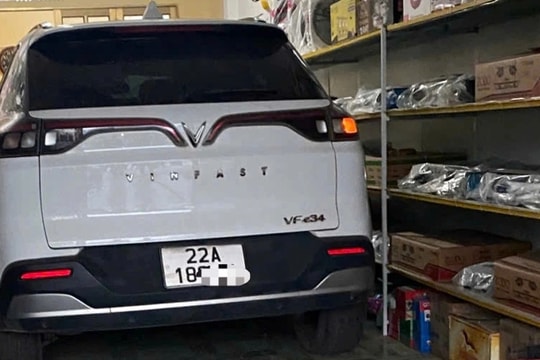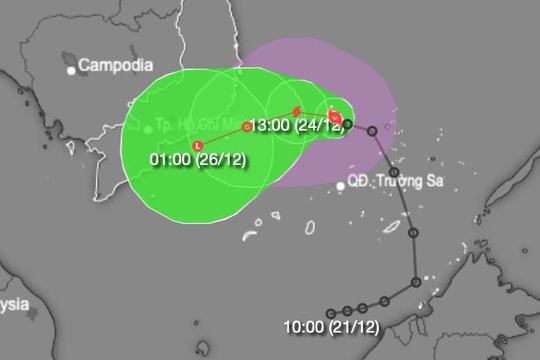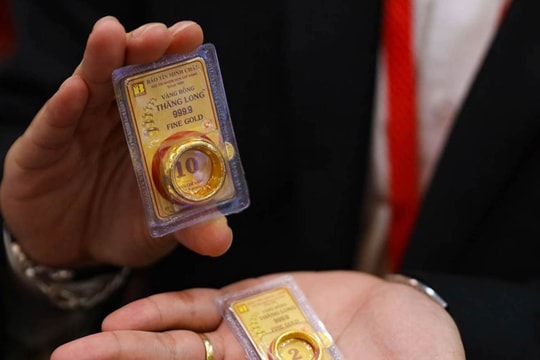Cuba was the first Latin American country to establish diplomatic relations with Vietnam in 1960. In the period before 2019, bilateral trade grew at more than 20% a year. According to the General Department of Vietnam Customs, their bilateral trade reached US$155.5 million last year, with Vietnam's exports to Cuba accounting for the entire amount and no imports from Cuba to Vietnam recorded.
In the first eight months of 2024, bilateral trade reached US$134.7 million, up 187% year-on-year. Of this, Vietnam’s exports were valued at US$133.36 million and imports US$1.33 million.
Vietnam’s main exports to Cuba include rice, coffee, chemical products, textiles, footwear, computers and components, construction materials, ceramics, machinery, and equipment. Notably, rice has always accounted for the largest part in Vietnam's export revenues from Cuba. Vietnam's imports from Cuba mainly consist of vaccines and pharmaceuticals.
The Vietnam-Cuba Trade Agreement, signed in 2018 and effective from April 1, 2020, is the first of its kind that Cuba has signed with an Asian country. The agreement provides a significant advantage to businesses from both countries, with most tariffs on bilateral trade being either eliminated or reduced according to a set schedule.
Hoang Minh Chien, deputy director general of the Ministry of Industry and Trade (MoIT)’s Vietnam Trade Promotion Agency, highlighted that not only Cuba but other Latin American and Caribbean countries are also considered potential markets, with increasing demand for products that are Vietnam’s export strengths. Successfully entering the Cuban market could open doors for Vietnamese businesses to penetrate deeper into other Latin American markets.
In the coming years, Cuba will continue to require imports due to the slow growth of its domestic production sectors, presenting opportunities for traditional Vietnamese products to enter the country. Moreover, Cuba is not a particularly strict market, and Vietnamese products are well-positioned to meet the necessary quality and technical standards.
However, the geographical distance between Vietnam and Cuba poses challenges, including high transportation costs and lengthy shipping times. Additionally, difficulties related to payment and energy supply in Cuba present further obstacles for Vietnamese businesses looking to invest and trade there.
A representative from the MoIT’s European-American Market Department emphasised that while market potential is evident, turning opportunities into success requires significant effort from enterprises, especially in the face of the complex and unpredictable global economic and trade environment.
The MoIT, along with related ministries and the Vietnamese Trade Office in Cuba, will continue to act as a bridge, supporting Vietnamese enterprises in terms of market information and connections with Cuban partners. They will also assist the enterprises in resolving any difficulties arising during their market entry and business operations.

























